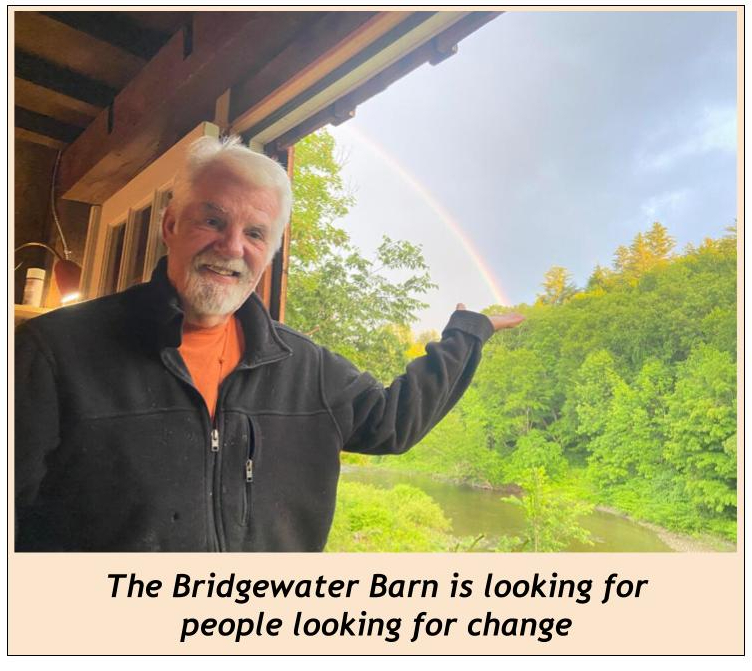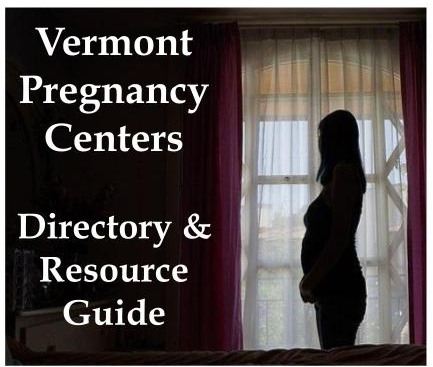by Don Keelan
We usually think of nonprofit organizations as the local food shelf, summer stock theater, libraries, and the local hospital.
I intended to take a sabbatical from writing about the Vermont nonprofit sector until I came across Vermont Business Magazine’s recent issue, 2021/2022 Giving Guide. The Guide had a plethora of data on the largest, by revenue, of 117 Vermont non-profit corporations.

The combined total revenue of the 117 was reported to be approximately $6.497 billion. The revenue cutoff for these 117 organizations is less than $7.4million.
By way of reference, using the non-profit Common Ground’s data from earlier in 2021, Vermont has approximately 6,175 non-profit organizations. Assuming that the average annual revenue from the remaining 6,058 organizations is $500,000, the total annual revenue from the non-profit industry would be close to $10 billion. Vermont’s gross state product is about $20 billion.
Common Ground notes that the annual revenue of the non-profit sector exceeds the combined income of Vermont’s construction and manufacturing industries. The former far outpaces the income from the Tourism and Agricultural sectors, estimated at $4 billion and $1.5 billion.
The 10th largest Vermont-based manufacturing company had 2021 revenues of $34.4 million ( Vt. Precision Tools, Inc.), whereas the 10th largest nonprofit’s revenue was $114 million (Howard Center).
The above data on non-profits does not account for the revenue generated by Vermont State Government, municipalities, public schools, or religious organizations.
We should all be concerned about this trend. Non-profits have become the dominant industry in Vermont. With the billion dollars recently received from Washington and billions more to come, the nonprofits’ role will become more significant and powerful, with greater influence over our lives.
This columnist previously noted that much of state government operations are delegated to non-profit organizations located within Vermont: The State does not have the staff, nor expertise, to operate many traditional state agencies.
For example, Vermont state agencies are in no position to execute most of the suggested 225 mandates of the Vermont Climate Council; the role will be delegated to non-profits.
There are three issues with this that are deeply troubling:
First, what is taking place in Vermont is no longer tied to the business sector, which has lost its influence within the past several decades.
Second, decisions by non-profit executives are channeled to the organization’s board of trustees, not to government agencies or the Legislature. Appointed or elected government officials are not making critical decisions.
Third, and most troubling, there is little or no oversight regarding the Vermont non-profit sector. However, the health care sector, which makes up approximately 20% of the total annual revenue, does have some oversight, mainly of a budgetary formality.
Don’t discount the three areas currently under crisis in the state, mental health, food insecurity, and housing, fall under the 14 regional mental health non-profits, the five regional non-profit councils on aging, the Food Bank, Hunger-Free Vermont, and the non-profit Vermont Housing and Finance Agency in Burlington.
By State statute, the Office of the Vermont Attorney General is responsible for overseeing the operations and function of the Vermont non-profits. These sectors have grown exponentially; it is impossible to expect real AG office oversight.
I agree with Common Ground’s assessment of the Vermont non-profit sector: it is “a vital community partner.” With that noted, the sector has become the dominant industry in Vermont and vital to the State’s economy, employment, and operations. Because of its massive size, the non-profit sector should not be ignored and should have some oversight.
And in so far as manufacturing’s future in Vermont, writer C.B. Hall in the January 2022 issue of VBM noted, “You can actually outgrow your local labor force… twenty years ago, I think we lost a whole generation of people who didn’t go into manufacturing. I don’t think Americans looked at manufacturing as a career.” This does not bode well for Vermont.
The author is a U.S. Marine (retired), CPA, and columnist living in Arlington, VT.
Categories: Commentary








Planned Parenthood is a “nonprofit”. ‘Nuff said.
Manufacturing must pay adequate wages. We need to to re-apply Anti-Trust laws and entirely re-vitalize. If it isn’t too late.
This funneling of taxpayer funds to some of these shady operations is how State govt can shield itself from accountability. And dont forget the huge amount of money coming from individual town budgets given to “charities” that no one dares to stand up at Town Meeting and call scrutiny upon, due to peer pressure. Obscene amounts of this “non-profit” money are paid to lobbying firms to visit Montpelier to keep the spigot flowing.
Non-profits enable the left to circumvent prohibitions that restrict the government overreach. They are being paid by the Mexican cartels to facilitate the illegal flow of citizens of other nations into the U.S.